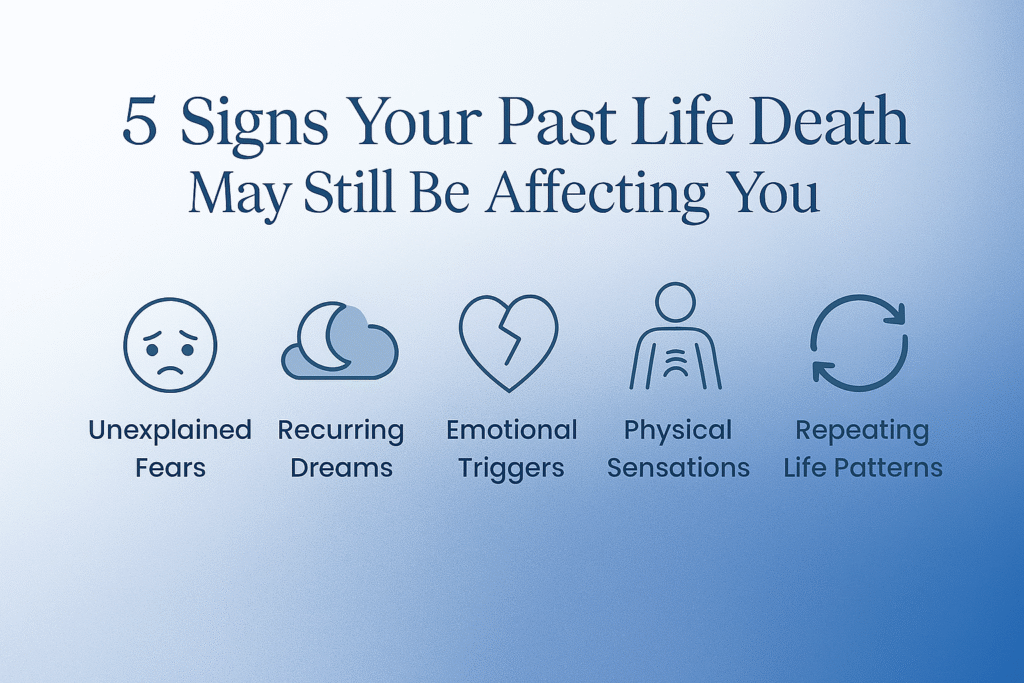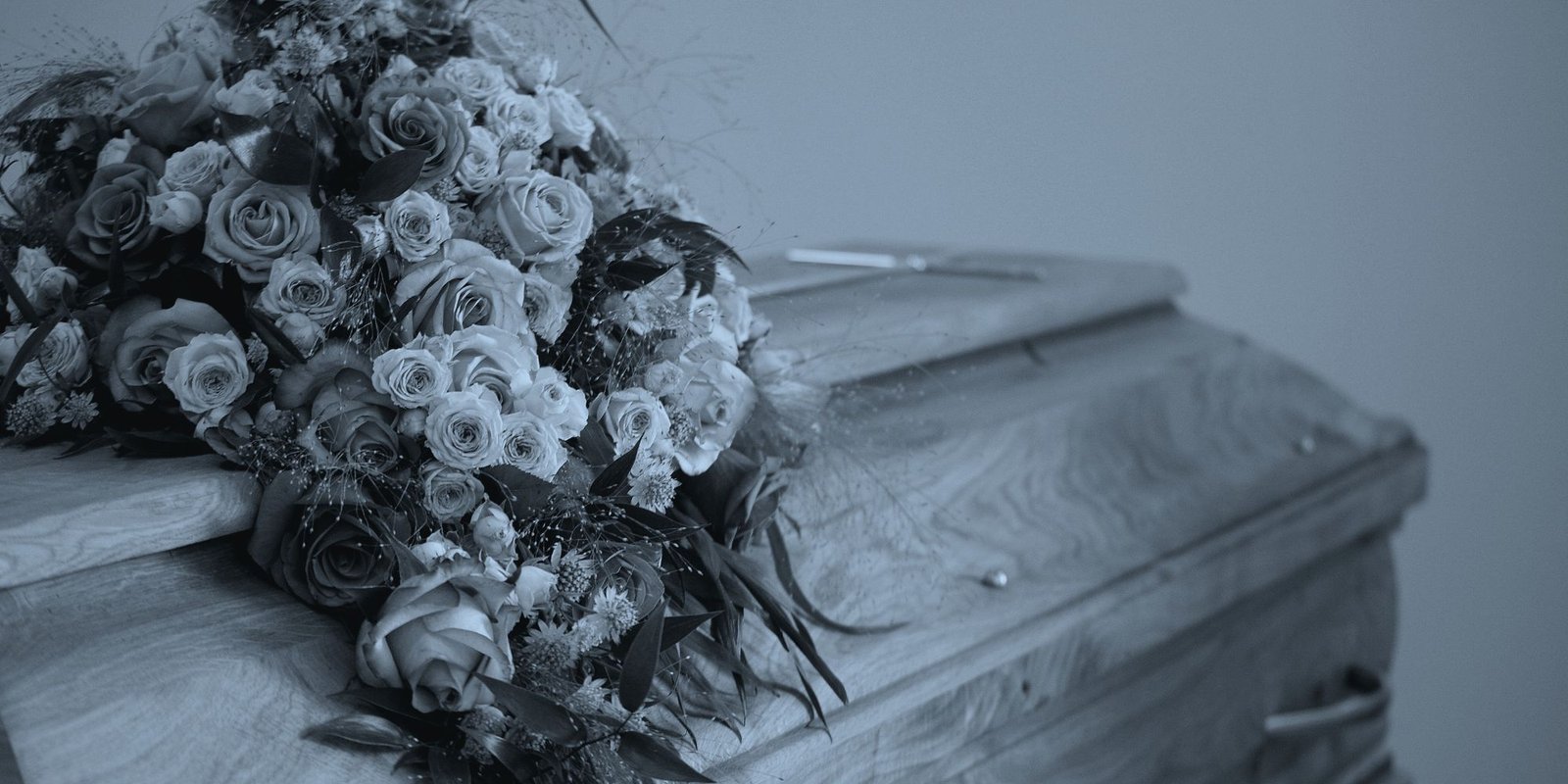Have you ever found yourself wondering, “How did I die in a past life?”
It’s one of the most common questions people bring to a past life regression session. And it’s not about being morbid or obsessed with death—it’s about making sense of the unexplained feelings, fears, and patterns that linger in this life. Sometimes, there’s a deep pull in your subconscious to understand what happened before you were born this time around.
As a past life regressionist, I’ve seen how powerful it can be to uncover the story of a soul’s transition from one lifetime to the next. The moment of death, when shown in a regression, isn’t usually traumatic or scary—it’s often peaceful, symbolic, or viewed from a distance. Spirit only reveals what’s helpful for your healing journey.
So why do people want to know how they died in a past life? Because endings teach us about beginnings. Death is never truly the end—it’s part of your soul’s evolution. Sometimes, the way you died before still ripples into the life you’re living now, influencing your fears, choices, and even physical sensations. Other times, it’s simply a piece of the puzzle that helps you understand your larger spiritual path.
In this article, we’ll explore why you might be curious about your past life death, how to discover it safely through past life regression, and what it all means for your growth in this lifetime.
Why Am I Curious About How I Died in a Past Life?
It’s a question many people quietly carry: “How did I die in a past life?”
And it’s not unusual to feel that curiosity. There’s often an unconscious pull—a deep part of you that remembers there’s more to your story than this single lifetime.
The Pull of Unconscious Memory
Sometimes the body remembers what the conscious mind forgets. You might have unexplained fears, anxieties, or even physical sensations tied to events you haven’t experienced in this life. When these feelings don’t seem to make sense, they’re often rooted in the echoes of past life experiences—especially the moments of trauma, separation, or death.
In past life regression, it’s common to uncover deaths that left emotional imprints. These imprints may carry into your current life as subtle fears, physical symptoms, or repeating patterns. Spirit usually brings these experiences forward not to retraumatize you, but to help you heal and let go.
Soul Growth and the Death Experience
From a spiritual perspective, death is not an ending—it’s a transition. Your soul leaves the physical body and carries the lessons of that life into the next phase of existence. But sometimes, the way you died in a past life matters because of the unresolved emotions you carried at the moment of passing.
When people ask, “How did I die in a past life?” what they’re really asking is:
What unfinished lessons am I still carrying from my last endings?
In my own journey, I experienced this firsthand. During one of my past life regressions, I saw myself as a man who died by suicide—a gunshot to the head. In that life, I had a wife and three children. When my wife left me for another man, I couldn’t handle the pain. I made a decision in a moment of despair and ended my own life.
But when this came up in regression, it wasn’t to dwell on the tragedy—it was to help me understand something important in this life: my migraines. For years, I struggled with severe head pain, and I never truly knew why. That session revealed the connection. The migraines were a physical echo of that past life wound.
Even more than that, I felt the deep regret of leaving my children behind and the self-blame that lingered long after death. Spirit showed me this to teach me about self-compassion and to help me release the guilt I unknowingly carried into this lifetime. That experience helped me shift from “Why am I suffering?” to “What can I learn from this?”
When you discover how you died in a past life, it’s not just about curiosity—it’s about healing. It’s about understanding the roots of your patterns so you can move forward with more clarity and peace.
Signs Your Past Life Death May Be Affecting You Now
You might not consciously remember how you died in a past life, but your body, mind, and spirit often carry the residue of that experience. Sometimes, it shows up as a subtle whisper; other times, it feels like a recurring pattern you just can’t shake.
Here are some of the most common signs that your past life death may still be influencing you:
Unexplained Fears or Phobias
One of the most common signs is an intense fear of something you’ve never actually experienced in this life. For example:
- Fear of water (possible drowning in a past life)
- Fear of heights (possible fall-related death)
- Fear of fire (burning or death by fire in a prior lifetime)
- Fear of tight spaces (could stem from being trapped or buried)
Sometimes, these phobias seem irrational because there’s no known trauma in your current life to explain them. But your subconscious remembers.
Repeating Patterns or Avoidance Behaviors
You might find yourself avoiding certain situations, people, or places without knowing why. For example, someone who died alone in a past life might fear abandonment or isolate themselves in this one to avoid getting hurt. Someone who died by betrayal may resist trusting others.
These patterns often operate beneath the surface, driving decisions in ways you don’t consciously recognize.
Tarot Break ~ Click the Card for a Tarot Reading
Before clicking the card, ask Spirit what message do you need right now. You can then Start Chat to ask a question about the reading. An AI-Chatbot will respond based on the card.

Dreams or Flashbacks
Vivid dreams of death scenes or symbolic endings can sometimes be past life memories surfacing in the subconscious. You may experience:
- Dreams of being chased, captured, or killed
- Scenes where you’re observing your own death from outside the body
- Recurring dreams that leave you with unexplained grief or guilt upon waking
Not every dream is a past life memory, but when dreams repeat or evoke deep emotional responses, it’s worth exploring.
Physical Sensations or Birthmarks
Some metaphysical traditions believe that birthmarks or chronic pain points may reflect wounds from past life deaths. For example:
- A birthmark on the chest could correspond to a wound in a past life.
- Chronic neck pain might link to hanging or strangulation.
- Persistent headaches or migraines—like in my own past life experience—can be tied to trauma involving the head.
In my regression, I learned that my migraines in this life were connected to a gunshot wound to the head from a past life suicide. That revelation didn’t just explain the pain—it gave me the opportunity to release emotional layers of regret and self-blame that were still affecting me physically.
These signs don’t necessarily mean you need to relive past life trauma. But recognizing the possibility of past life connections can open the door to deeper healing.

How Do You Find Out How You Died in a Past Life?
If you’re wondering “How did I die in a past life?”—there are ways to explore that question safely and meaningfully. But it’s important to approach this with care. Your higher self and subconscious won’t reveal something just for the sake of curiosity. These insights come forward when they support your growth, healing, or understanding.
Here are the most common ways to discover how you died in a past life:
Past Life Regression Hypnosis
This is the method I work with personally and recommend most often. Past life regression allows you to gently explore the stories, memories, and emotions stored in your subconscious. When Spirit guides you to see your past life death, it’s usually done from a safe, peaceful perspective—often as an observer, not as someone re-experiencing trauma directly.
In regression, the death scene can reveal:
- How you died
- What you felt in that moment
- Lessons or unresolved emotions you carried forward
- Insights into current-life challenges or fears
It’s not always about the event—it’s about the meaning behind it. For example, in my own regression, I saw myself end my life due to unbearable heartbreak. Spirit showed me that experience not to reopen wounds, but to help me heal my migraines and release the guilt I carried across lifetimes.
If you’re considering exploring your past life death, regression hypnosis is one of the most empowering ways to do it because you’re tapping into your own soul’s memory—not being told by someone else what “happened” to you.
Dreamwork and Meditation
Sometimes your subconscious will bring forward past life death memories through vivid dreams or deep meditation states. These experiences can be symbolic or literal:
- Dreams of falling, drowning, or being injured
- Meditation visions of a final breath or soul departure
- Emotional sensations of endings or transitions
If you’re working with meditation, set an intention before you begin. Ask your higher self to only reveal what is helpful and healing—not just what you’re curious about.
Working with Intuitive Practitioners
Some people choose to consult Akashic Record readers, intuitives, or spiritual mediums to learn about past life deaths. While this can provide insight, I recommend combining intuitive readings with direct personal experiences like regression hypnosis. That way, you’re not just hearing about your past—you’re experiencing the healing yourself.
A Note on Spirit’s Timing
It’s important to remember: not every session will show you how you died. Spirit will only reveal what serves your healing. Sometimes that means seeing your death clearly; other times, it means focusing on the lessons you learned while living.
What Does It Mean If You Don’t See Your Death in a Past Life Regression?
Many people go into past life regression expecting to witness their death scene—but sometimes, that part of the story simply doesn’t appear. And that’s okay. In fact, it’s more common than you might think.
Spirit Shows You What You’re Ready to See
Your higher self and subconscious mind are always working to protect you. If seeing a past life death would be too overwhelming, retraumatizing, or simply unnecessary for your healing, Spirit may choose to leave that part out. You might only see parts of the life that are relevant to your current lessons.
Some clients report feeling a sudden “fade out” near the end of a past life scene. Others gently transition to the afterlife without focusing on how they died. This is usually a sign that the specifics of the death weren’t needed for their growth.
The Lesson Is Often More Important Than the Death
Sometimes the way you died isn’t as important as the why behind the life you lived. You might need to focus more on how you lived, how you loved, or what you didn’t finish. If you don’t see the death scene, ask yourself:
- What was unresolved in that life?
- What emotions or patterns are still active today?
- How can I heal the story without needing all the details?
Trust the Process
In my work as a regressionist, I’ve seen both sides. Some clients are shown their death because it holds a key to healing—like when I discovered my past life suicide explained my migraines and unresolved grief. Others are shown only what will support them in this moment, and that’s always enough.
If you don’t see how you died in a past life, trust that your soul knows exactly what you need.
What Can Learning About Your Past Life Death Teach You?
Discovering how you died in a past life isn’t just about satisfying curiosity—it’s about unlocking healing and growth in the life you’re living now. Death is often one of the most emotionally charged moments in any lifetime, and the way you experienced it can leave an imprint on your soul. When you revisit it with compassion and guidance, you gain the chance to release lingering energy and transform your patterns.
Here are some of the most meaningful lessons that can come from exploring your past life death:
Releasing Fear of Death
Many people carry a quiet fear of death without realizing where it started. Sometimes it comes from a traumatic or sudden death in a previous life. By revisiting that experience in a safe and supported way, you can begin to shift your relationship with death itself.
Most people who witness their own past life death in regression describe it as peaceful—not scary. They often report feelings of floating, detaching from the body, and being greeted by loved ones or spirit guides. This helps dissolve fears and reminds you that death is not an ending—it’s a transition.
Understanding Life Patterns
The way you died in a past life can explain patterns that show up again and again in your current life.
For example, in my own regression, I saw myself as a man who ended his life by suicide after unbearable emotional pain. That life involved betrayal, heartbreak, and a deep sense of failure. When my wife left me for another man, I felt hopeless. In that moment, I chose to end my life with a gunshot to the head.
But the purpose of seeing this wasn’t to relive trauma—it was to understand why I’ve suffered from migraines in this lifetime. The head pain wasn’t just physical; it was tied to unresolved emotional energy from that past life death. I also carried deep feelings of regret and disappointment into this life, creating patterns of self-blame that I wasn’t even consciously aware of.
By seeing the root of this pain, I was able to begin releasing it. That insight helped me understand the connection between emotional wounds and physical symptoms, and it gave me a new sense of self-compassion.
Closing Karmic Loops
Sometimes we leave life with unfinished business. These unresolved emotions or lessons can create karmic loops—patterns that repeat across lifetimes until they’re healed.
Learning about your past life death can help you:
- Forgive yourself and others
- Release guilt, fear, or shame
- Break cycles of suffering or self-sabotage
- Let go of attachments to old wounds
In my case, the karmic lesson wasn’t about how I died—it was about learning how to face pain without abandoning myself. It was about choosing healing and resilience over hopelessness, both in that life and this one.
Healing the Present by Understanding the Past
When you see how you died in a past life, you open the door to healing at a soul level. You begin to understand that every lifetime is part of a larger journey. The wounds you carried before can be transformed into wisdom now.
Should You Try to Find Out How You Died in a Past Life?
If you’ve ever wondered, “How did I die in a past life?”—you’re not alone. It’s a question rooted in something deeper than curiosity. It’s about understanding the layers of your soul, the patterns you carry, and the healing your spirit is ready to embrace.
But here’s the most important thing to remember:
Your past life death is never shown to punish or scare you—it’s shown to free you.
In my own journey, learning about my past life suicide wasn’t easy, but it was one of the most healing moments of my spiritual path. It helped me understand why I carried physical pain in this life. It helped me let go of regret and self-blame I didn’t even realize were still influencing me. And most of all, it reminded me that life is a continuation—not a beginning or an end, but a circle of learning, growth, and love.
If you feel called to explore how you died in a past life, do it with the intention of healing—not just knowing. The lessons you uncover can change how you live this life, how you love, and how you move forward with compassion for yourself and your soul’s journey.
FAQ: Past Life Death & Regression
Q: Can past life deaths cause trauma in this life?
A: Sometimes, yes. Especially if the death was sudden, violent, or emotionally charged. But regression helps you view these memories safely, so you can process and release them rather than carry the trauma forward.
Q: Do birthmarks or chronic pains really mean something from a past life?
A: Many spiritual traditions believe they can. Some birthmarks or unexplained physical pains are considered soul-level reminders of past wounds. In my case, chronic migraines were tied to a gunshot wound in a past life—a connection that only became clear during regression.
Q: Is it scary to see your own death in regression?
A: Most people describe it as peaceful, not frightening. You often view it from a higher perspective, with guidance from your higher self and Spirit. It’s about healing, not reliving trauma.
Q: What if I don’t see my death during regression?
A: That’s completely normal. Spirit will only reveal what serves your growth. Sometimes the focus is on life lessons or relationships, not the death itself.
Next Steps: Explore Further
If this article resonates with you, you might also like:
- Past Life Regression Hypnosis Guide
- Past Life Regression Meditation
- Signs of Past Life Connections
- Past Life Karma
"Your past life death is not the end of the story—it’s just the beginning of this one."


